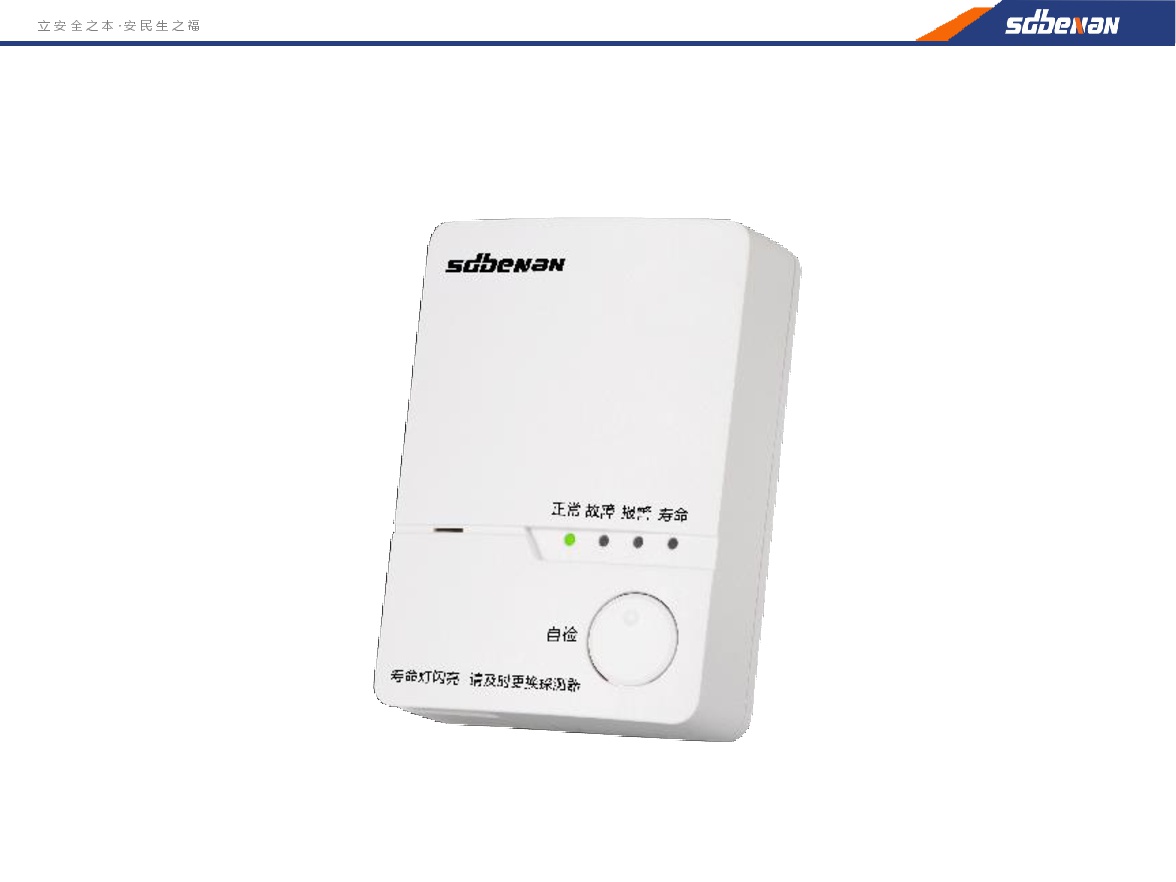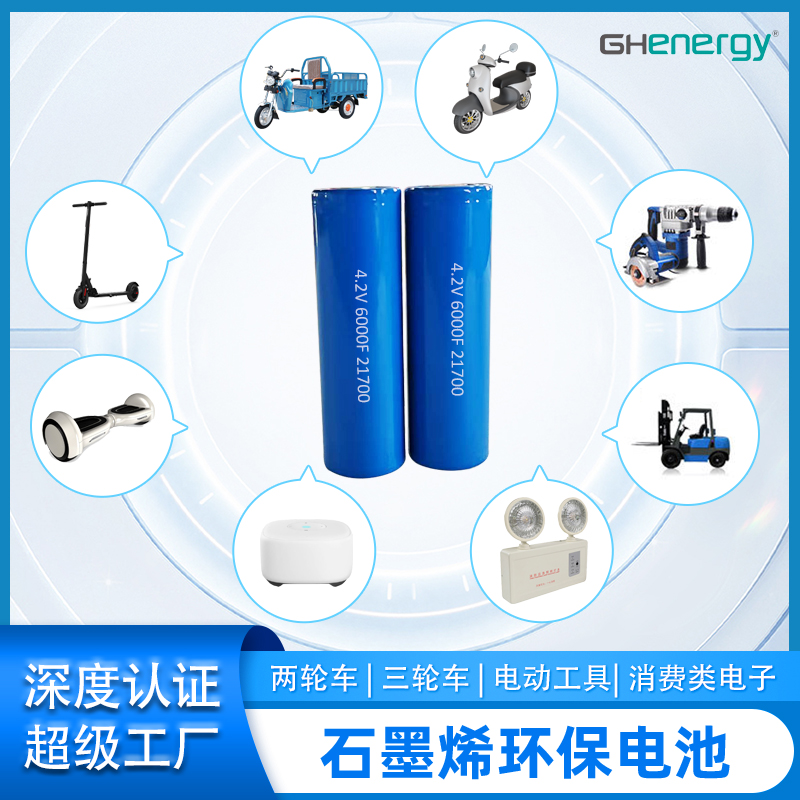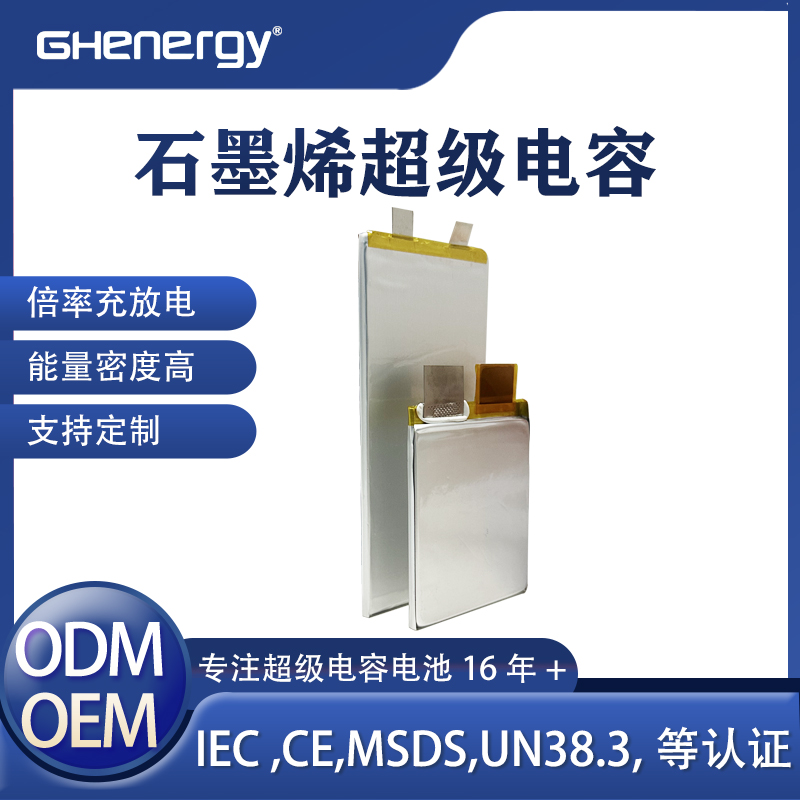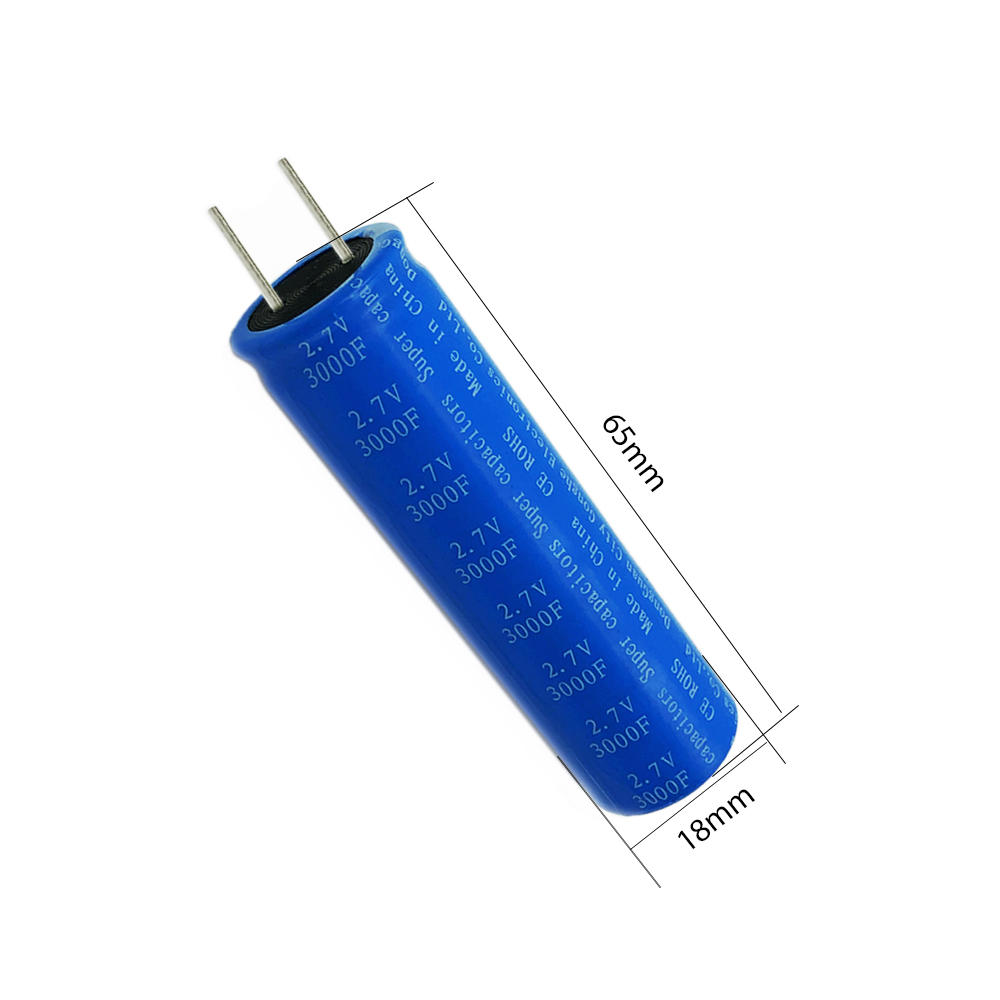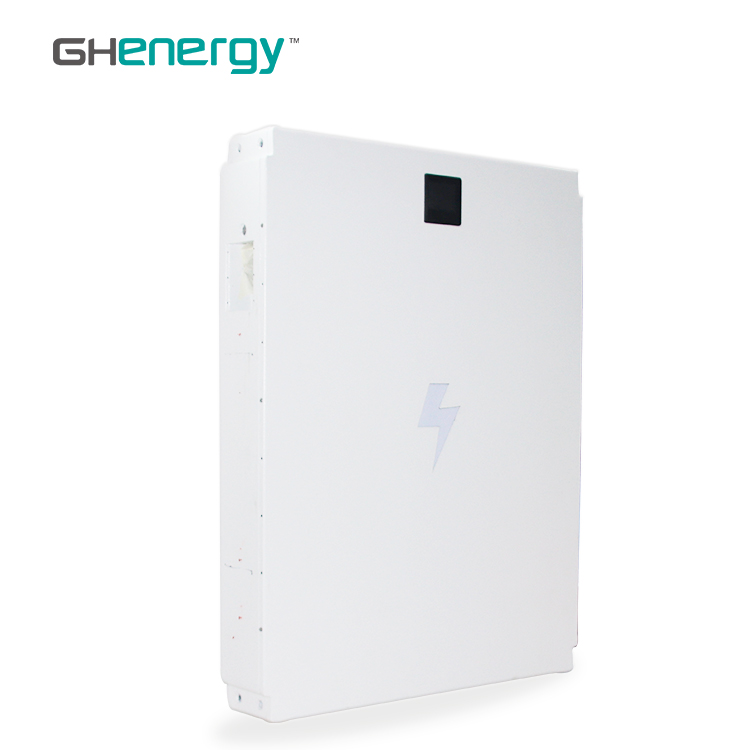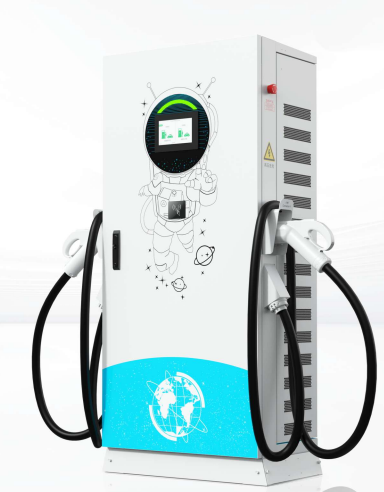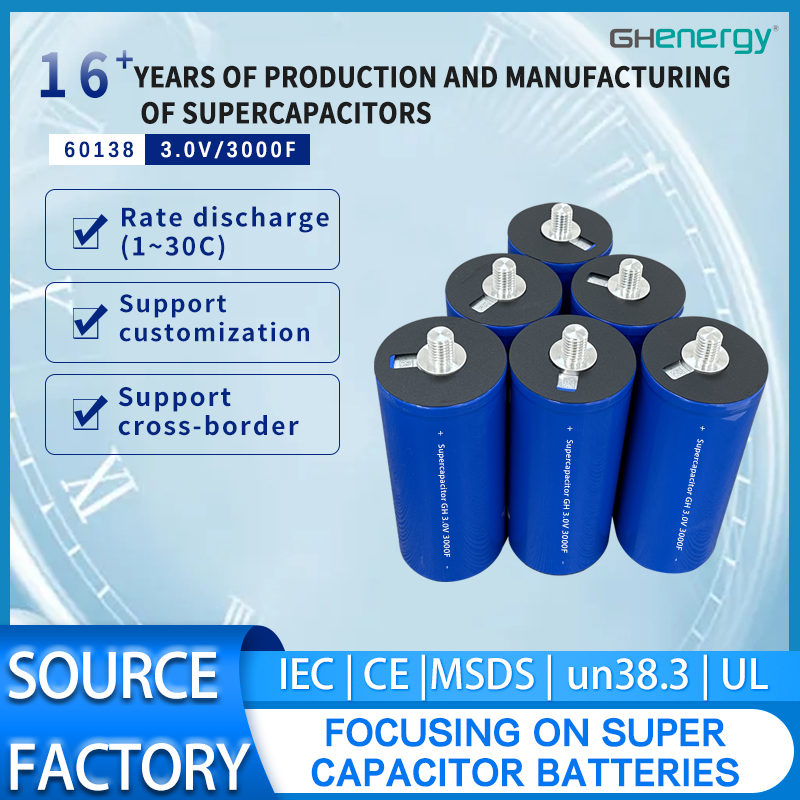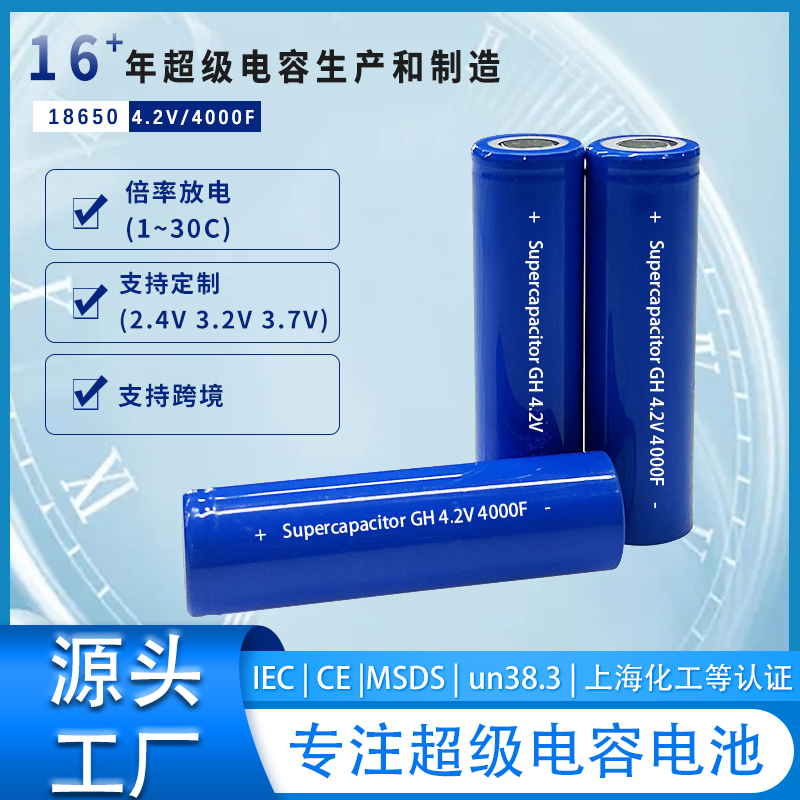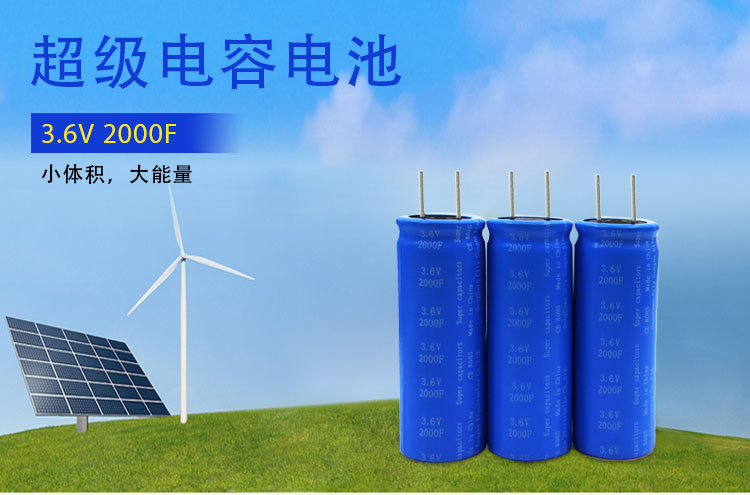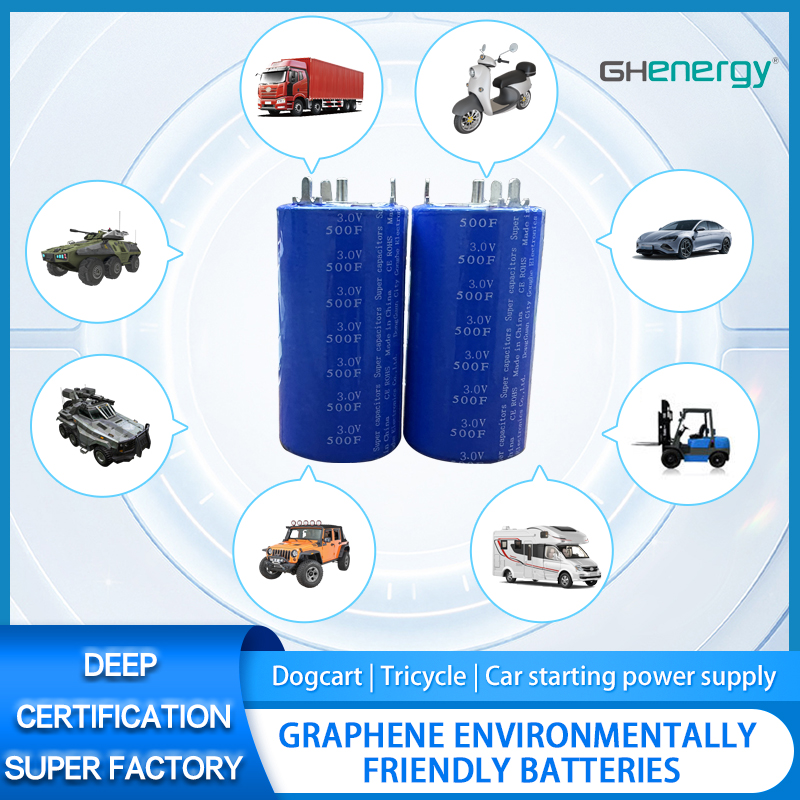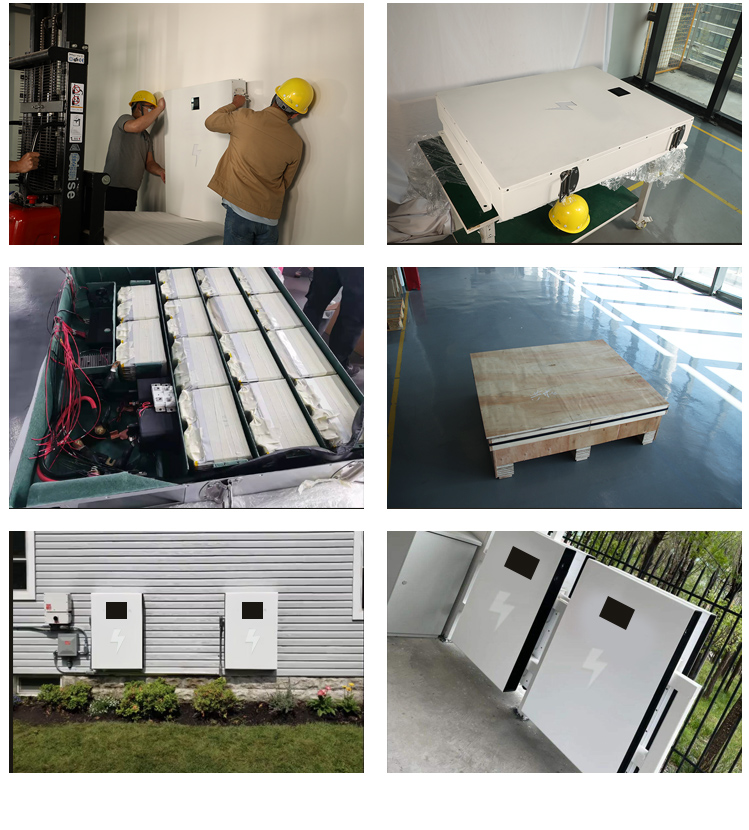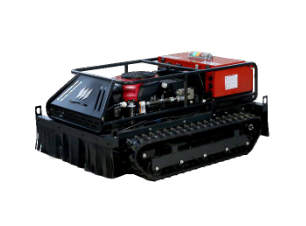Wedoany.com Report-Nov 19, Mercedes-Benz customers in the future will have the option to choose between two innovative powertrains in the upcoming vehicle architecture. The forthcoming CLA will be offered as a highly efficient electric vehicle and as an economical hybrid.
Mercedes-Benz has set new standards for efficiency with the VISION EQXX technology platform. Now, the company is incorporating insights from this project into its series-production vehicles. Leading the way is the new all-electric CLA, the first model to be based on the Mercedes-Benz Modular Architecture (MMA).
At the heart of this versatile and flexible vehicle architecture is the skateboard chassis—a floor assembly primarily designed for electric cars, including the corresponding drive and chassis components. While the core architecture remains consistent, the body design will vary. For the US, Mercedes-Benz plans a family of three models in total in the newly defined entry-level segment, including the CLA as a four-door sedan and two SUVs.
Mercedes-Benz will continue to leverage intelligent modularity with a scalable skateboard design for future model families across other segments. With its focus on both electric driving and vehicle software, the company has massively increased its development efforts in these areas. This includes the recent opening of the eCampus in Stuttgart-Untertürkheim, a competence center dedicated for the development of cells and batteries for the future electric vehicles of the brand. The aim is to develop innovative chemical combinations and optimize production processes for high-performance cells with Mercedes-Benz DNA, reducing battery costs by more than 30% in the coming years.
Parts of the development and testing of the new MMA models have taken place in the Electric Software Hub (ESH). This facility in the Mercedes-Benz Technology Centre (MTC) in Sindelfingen brings together numerous software, hardware, system integration and testing functions under one roof. The entire electrical/electronic integration process of vehicle development is reflected within the ESH ensuring that all new hardware and software components interact smoothly.
The First MMA Model. With its outstanding energy efficiency, the highly flexible MMA architecture marks Mercedes-Benz's next step toward a fully electric future. The Electric Drive Unit (EDU 2.0) is the first of a new generation of electric drive units from Mercedes-Benz, designed as a highly integrated modular system.
With the main drive on the rear axle for optimum traction and handling, Mercedes‑Benz is now introducing a drive configuration traditionally seen the mid-size and luxury-class vehicles to the entry-level segment. The 200-kW electric drive unit, featuring a permanently excited synchronous machine (PSM) on the rear axle, was developed entirely in-house by Mercedes-Benz engineers.
The rotor magnets are arranged in a double-V shape. Another feature is the winding of the stator with stretched coils. Together, these measures contribute to a remarkably quiet driving experience. The PSM also uses a significantly less rare earth materials than previous motor generations, reducing the proportion of heavy rare earths to almost down to zero per cent. High-performance power electronics feature a silicon carbide inverter for particularly efficient energy utilization.
The architecture also includes a two-speed gearbox on the rear axle, offering a blend of dynamics and efficiency. The first gear, with a short ratio of 11:1, provides excellent acceleration right from the start and outstanding efficiency in urban driving. The second gear (gear ratio: 5:1) is optimized for power delivery at high speeds and for high efficiency on the highway allowing a top speed of up to 210 km/h (130mph).
The shift points depend on the driving situation and the selected driving program. The online optimizer continually adapts them to current parameters such as battery SoC, performance and driver requirements. Traction is achieved via claws (1st gear) or discs (2nd
gear). The transmission has special thermal insulation.
The 4MATIC models are equipped with an 80-kW electric motor on the front axle. To maximize efficiency, this motor also incorporates a next-generation inverter with silicon carbide (SiC) and is designed as a permanently synchronous machine (PSM). The front electric motor acts as a boost drive only engaging when the corresponding power or traction is required. This task is performed by the disconnect unit (DCU), which Mercedes-Benz is now using for the first time in the compact class. For further efficiency, the DCU can decouple the electric motor on the front axle at lightning speed when demand is low, so that the electric motor and parts of the transmission are at a standstill. This reduces front axle losses by 90% and increases the range. In the case of the Concept CLA Class, this would correspond to a range of more than 750 kilometers (466 miles) (WLTP), with an energy consumption of 12 kWh/100 km (5.2 mi/kWh).
This highly efficient system also allows for a front trunk (frunk), while ensuring a high level of crash safety via a predetermined bending point on the frame. The EDU is connected to the body via two elastomer bearing levels and an additional support frame. This elaborate double structure-borne noise decoupling, among other things, results in excellent NVH (noise, vibration and harshness) behavior.
High-performance power electronics are equipped with a silicon carbide (SiC) inverter for particularly efficient energy utilization. Both transmission control and inverter are integrated into a single component. The drive unit is built in Untertürkheim, where Mercedes‑Benz has developed many innovative drive systems over the years.
The EDU 2.0 strikes a balance between maximum torque, top speed and exemplary efficiency, especially in real-world driving conditions. The high torque ensures dynamic driving performance, whether tackling mountain passes or towing trailers. Another advantage is the extraordinary compact design of the EDU 2.0, which benefits the interior dimensions and the rear trunk volume.
Mercedes-Benz is introducing 800-volt electrical architecture for the first time, maximizing both efficiency and performance. In conjunction with the new battery generation, this system can significantly reduce charging time. In just 10 minutes, the Concept CLA Class can gain a range of up to 300 kilometers (186 miles) via using DC fast charging. With a focus on time efficiency, the CLA has already outperformed other close-to-production electric vehicles in a record attempt: In a 24-hour test drive at Nardò in southern Italy, a pre-series model covered exactly 3,717 kilometers (2,309 miles) in 24 hours. The two-speed transmission on the main drive on the rear axle not only contributes to efficiency, but also enables extremely dynamic driving performance.
The cells of the premium battery with a usable energy content totaling 85 kWh have anodes in which silicon oxide is added to the graphite. Compared to the predecessor battery with conventional graphite anodes, the gravimetric energy density is up to 20% higher. At cell level, the volumetric energy density of the cell chemistry is 680 Wh/l (watt-hour / liter). Raw material usage has been further optimized and reduced to enhance sustainability, particularly with a significant reduction in the proportion of cobalt.
Hybrid version. The new model family will also be available as a hybrid with 48-volt technology and an electric motor with 20 kW drive power integrated into the transmission. The highly efficient drivetrain was developed by Mercedes-Benz engineers in Germany.
The impressive compactness of the motor and gearbox design can be attributed to the close proximity of the cylinders and the side-by-side arrangement of the integrated electric motor. The motor, inverter, and transmission together form a highly integrated unit. A newly developed 48-volt battery with lithium-ion technology offers an energy content of up to 1.3 kWh. The design is exceptionally compact integrating the battery cells and the DC/DC converter into what is known as a flat pack.
The electric motor provides intelligent support in the low-speed range. The constant speed profiles are covered electrically, meaning that this operating mode will eliminate inefficient operation. Recuperation and the ability to drive purely electrically at urban speeds enhance the drivetrain’s efficiency. Additionally, electric coasting is possible at speeds of up to approximately 100 km/h (62 mph). A special feature: the engine can recuperate in all eight gears, recovering up to 25 kW of energy.
Due to the additive torque characteristics of the combustion engine and electric motor, the maximum torque is achieved over a wide speed range. In addition, the combustion engine can be started entirely via the electric motor and separating clutch eliminating the need for a conventional pinion starter. The start-stop function makes engine starts nearly imperceptible for the driver.
The electric motor and inverter are integrated into a new, highly compact eight-speed dual-clutch transmission (8F-eDCT). This development is knows as eDCT because the electric motor is integrated into the transmission and the mechanical system is controlled electrohydraulically. An electric motor operates both dual clutch lines. Power is connected and disconnected with the aid of two drive clutches and a separating clutch. The ratios of the eight gearshift stages are widely spread, which allows the engine operating points to be optimized for better efficiency.
The combustion engine is a newly developed Mercedes-Benz four-cylinder gasoline engine with a displacement of 1.5 liters. The unit with the type designation M 252 belongs to the FAME (Family of Modular Engines) family designed for a wide range of vehicle applications. Common features of the FAME engine family include an all-aluminum crankcase with NANOSLIDE technology, a cylinder head with partially integrated manifold and a turbocharger with segment turbine with switchable scroll connection. Other highlights include the compact charge air duct and the exhaust system positioned close to the engine in one-box design, which is prepared for future exhaust emission standards.
The concept of the electric refrigerant compressor with 48-volt technology adopted from the M 256 reduces frictional power and enables the vehicle to be air-conditioned even when stationary and in all-electric operation.
The hybrid drivetrain will be available with 140 kW output at launch in the US paired with 20 kW of electric drive power. Given the engine’s displacement of 1,496 cm3 (91.1 in3), this represents a considerable output per liter. Buyers will have the choice between front-wheel drive and 4MATIC all-wheel drive.
For reasons of efficiency, the gasoline engine uses a combustion process based on the Miller cycle keeping fuel consumption low, especially in the partial load range—a very common driving scenario in everyday use. The comparatively early closing of the intake valves reduces throttle losses and enables a high compression ratio of 12:1.
The new engine-transmission unit has compact dimensions and is installed transversely in the vehicle between the steering knuckles. A key advantage is the exceptional NVH (Noise, Vibration, Harshness) performance. The M 252 engine naturally has an advantage, because Mercedes-Benz uses four cylinders instead of three. In addition, the engine is equipped with a comprehensive NVH package consisting of foams and covers to further minimize noise emission.
The double bulkhead insulation concept, familiar from higher vehicle classes, has also been extended to the side area of the A-pillar and the floor area for even quieter operation.
